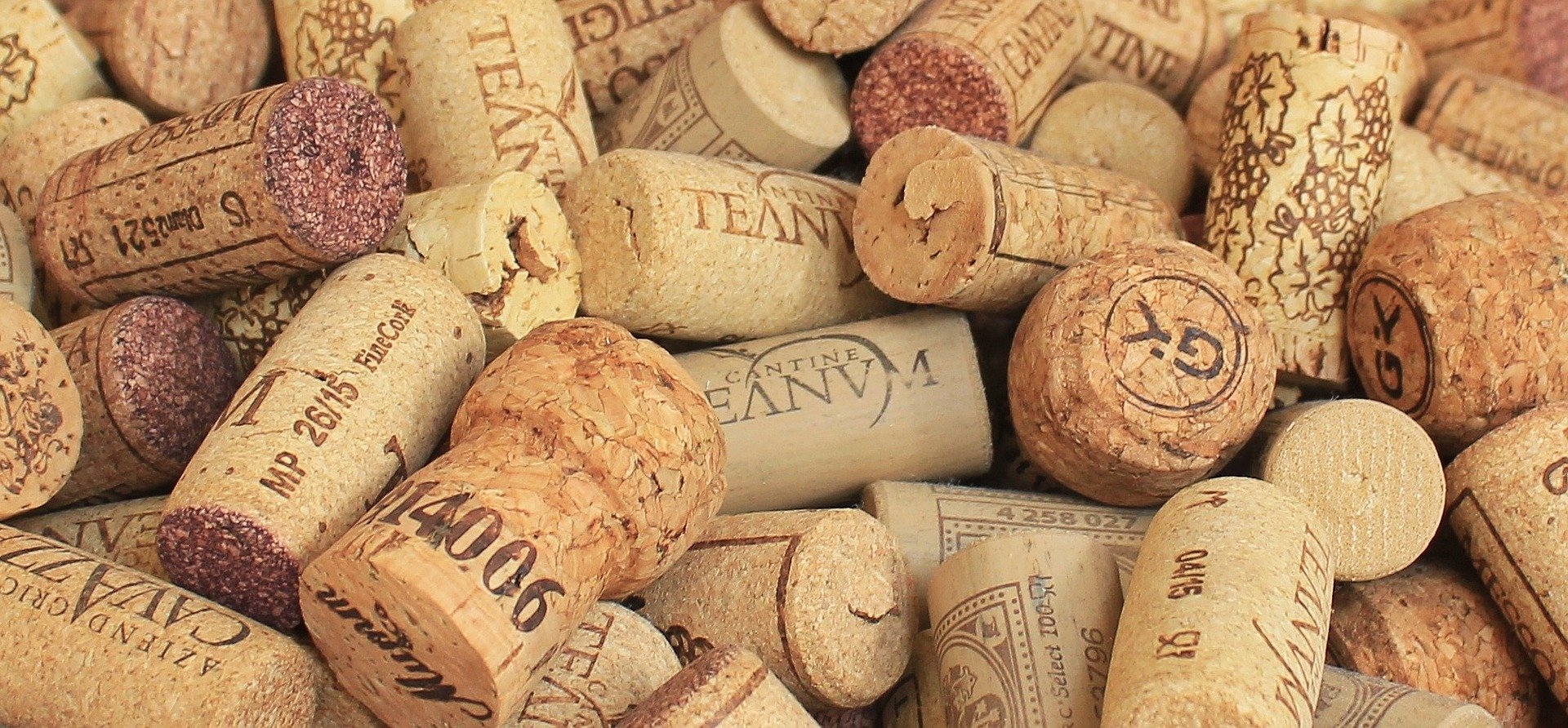“Life is too short to drink bad wine.”
— Goethe
Ask anyone to name a German beverage, and about 11 times out of 10 you’ll hear the word Beer.
But did you know that Germany is the world’s 8th largest producer of wine?
That’s 1.3 billion bottles annually.
Here’s your basic field guide to navigating the thick of it.

QUALITY
The first thing you’ll want to keep in mind while perusing shelves stocked with a variety of German wines is the country’s quality-ranking system. Officially, German wine is divided into four levels of quality. If you are already familiar with the classification of wine in France or Italy, then the German system will feel somewhat similar. From lowest to highest, the quality levels are:
DEUTSCHER WEIN: This modest creature is Germany’s equivalent to what the French refer to as “Vin de Table” and the Italians call “Vino da Tavola”. It’s German table wine, plain and simple.
LANDWEIN: A step above Deutscher Wein but essentially still a table wine, Landwein can be thought of as the entry-level Volkswagen to the Deutscher Wein’s used Dacia. Both will get you where you’re trying to go—the one just a bit more enjoyably than the other.
QUALITÄTSWEIN: Translating literally as “Quality Wine”, this is the level at which German wine becomes good enough for the provenance of the grape to come into play as a significant factor. A Qualitätswein must come from a specific region, and that region must be displayed on the bottle.
PRÄDIKATSWEIN: Prädikatswein—literally Predicate Wine, or wine with a specific attribute—is the highest level of quality for German wines. Think of it as Qualitätswein produced in small batches that isolate the grape at a distinct phase of ripeness. Master winemakers avail themselves of six phases of ripeness in the production of Prädikatswein, each of which produces a wine dominated by a specific predicate or quality. They are:
- Kabinett (Cabinet) – made from fully ripened grapes that the winemaker would be delighted to put in his or her own cabinet rather than sell
- Spätlese (Late Harvest) – made from grapes picked at least 7 days after the normal harvest
- Auslese (Select Harvest) – made from very ripe, hand-selected grapes
- Beerenauslese (Select Berry Harvest) – made from overripe grapes
- Trockenbeerenauslese (Dry Berry Select Harvest) – made from overripe grapes that dried on the vine
- Eiswein (Ice Wine) – made from grapes that froze on the vine and have a very high sugar concentration as a result
FLAVOR — FROM DRY TO SWEET
For many years, German wine had a reputation for being sweet. While it is true that Germany produces sweet wines—some of them considered among the best of their kind in the world—to say that German wines lack variety on the scale from dry to sweet is a gross misrepresentation of the facts. One positive outcome of the myth of the overly-sweet German wine, however, is that foregrounding each wine’s place on the dry-to-sweet spectrum has become something of an industry standard. Emblazoned on the rear label of most German wines, with an indicator telling you into which category the bottle you are holding falls, is the following scale of four (sometimes five) sweetness levels:
- Trocken (Dry) – contains a negligible to relatively small amount of unfermented sugar (maximum 4g per liter), resulting in a more acidic taste and a higher alcohol content
- Halbtrocken (Semidry) – contains a small to moderate amount of unfermented sugar (maximum 12g per liter), resulting in a taste that bears the complexity of dry wine within a juicier body
- Feinherb (Off-dry) – too sweet to be called semidry and too dry to be called semisweet, this is the unofficial fifth category and midpoint of the dryness-sweetness spectrum of German wine
- Leiblich (Semisweet) – no longer even partially characterizable as dry, these wines max out at a residual sugar content of 45g per liter
- Süß (Sweet) – the saccharine delights of these wines are derived from a residual sugar content of at least 45g per liter and can often accompany—or even replace—the dessert course of a lavish dinner
POPULAR WHITES
RIESLING: The uncontested king of the German wine scene, Riesling is grown at nearly a quarter of Germany’s vineyards. The taste can range from sweet to dry to just about anything in between. Petrol-forward on the attack, with a haunting aftertaste of clipped gardenhose? Yeah, you can get that in a Riesling. The most prized specimens of this wine come from the Mosel region.
MÜLLER-THURGAU: Germany’s version of Rivaner was created in the late 19th century by crossing Riesling with Madeleine Royale. It is less fussy than Riesling, ripens earlier, and is easier to cultivate. The wines are fruity and flowery but are mostly considered uncomplicated. Done well, a Müller-Thurgau can be quite lovely; done coarsely, it can still make a damn good budget wine.
GRAUBURGUNDER: Known as Pinot Grigio in Italy and Pinot Gris in France, Grauburgunder is a light and crisp white wine. The German variation is typically fruitier than its Mediterranean counterparts, making it a broader canvas for surprisingly vivid and complex flavors.
SILVANER: This prized gem of the Franconian region of southern Germany (Franken) is more difficult to grow than Riesling and is therefore far less widespread. In skilled hands, Silvaner becomes an expression of the winemaker and the terrain. Sinceit lacks the international fame of Riesling, however, Silvaner is likely to be less expensive for the same level of quality.
WEIßBURGUNDER: The German Pinot Blanc. Fresh, light, and perfectly quaffable on a hot summer day, Weißburgunder performs well in the background of many types of food but lacks the complexity of a Grauburgunder.
POPULAR REDS
SPÄTBURGUNDER: The German Pinot Noir and the uncontested Red Wine King of the country. Spätburgunders are very similar to what you’d normally expect from a Pinot Noir, though they can be even lighter in color and acidity than this already dainty style of red.
DORNFELDER: Developed less than seventy years ago, Dornfelder is currently the second most popular red wine grape in Germany. Easier to cultivate than the Spätburgunder, Dornfelders make fragrant and complex red wines ideal for those with a thirst for the new and trendy.
BLAUER PORTUGIESER: Representing only about 3% of total wines produced in Germany, Blauer Portugieser is relatively hard to come by, but popular among those in the know. Light and fruity, these rare, beloved reds were practically made for summer—and for those moments when you want to one-up your friends with a wine they’ve never heard of.
CHOOSING A GOOD WINE
So, given all this, how can one separate the good from the not-so-good? Sadly, like so many things in life that are worth pursuing, choosing a good German wine is not an exact science. I’ve personally spent 9€ on a bottle of highly-rated Grauburgunder that I enjoyed far less than the perennial 2,79€-per-liter Müller-Thurgau available at Lidl. That said, here are a few straightforward tips that will help you make better, more informed decisions about German wine.
- Qualitätswein is your Baseline. Seriously, make that your mantra. It rhymes, the wine is pretty much ubiquitous from 2-3€ per liter and up, and barring regional or seasonal curiosity, there’s really no reason to drink anything of lower quality.
- Learn to read the German wine labels. Once you get familiar with the terminology, they aren’t too difficult to understand. Pay attention to what is included, but also—and this is equally important—to what is not.
- Don’t go for the least expensive option if you can afford not to. Unlike in Spain, where you can nab a bottle of competitive wine for a song, truly decent German wines usually start at 6-7€ and up.
- Exception to the last point: look for sales. Grocery stores like Lidl, Netto and Edeka run them constantly. Personally, I have a favorite 8€ bottle that I love to enjoy once every few weeks when it goes on sale for 4,75€. In the meantime, there are always plenty of new offers to try.
